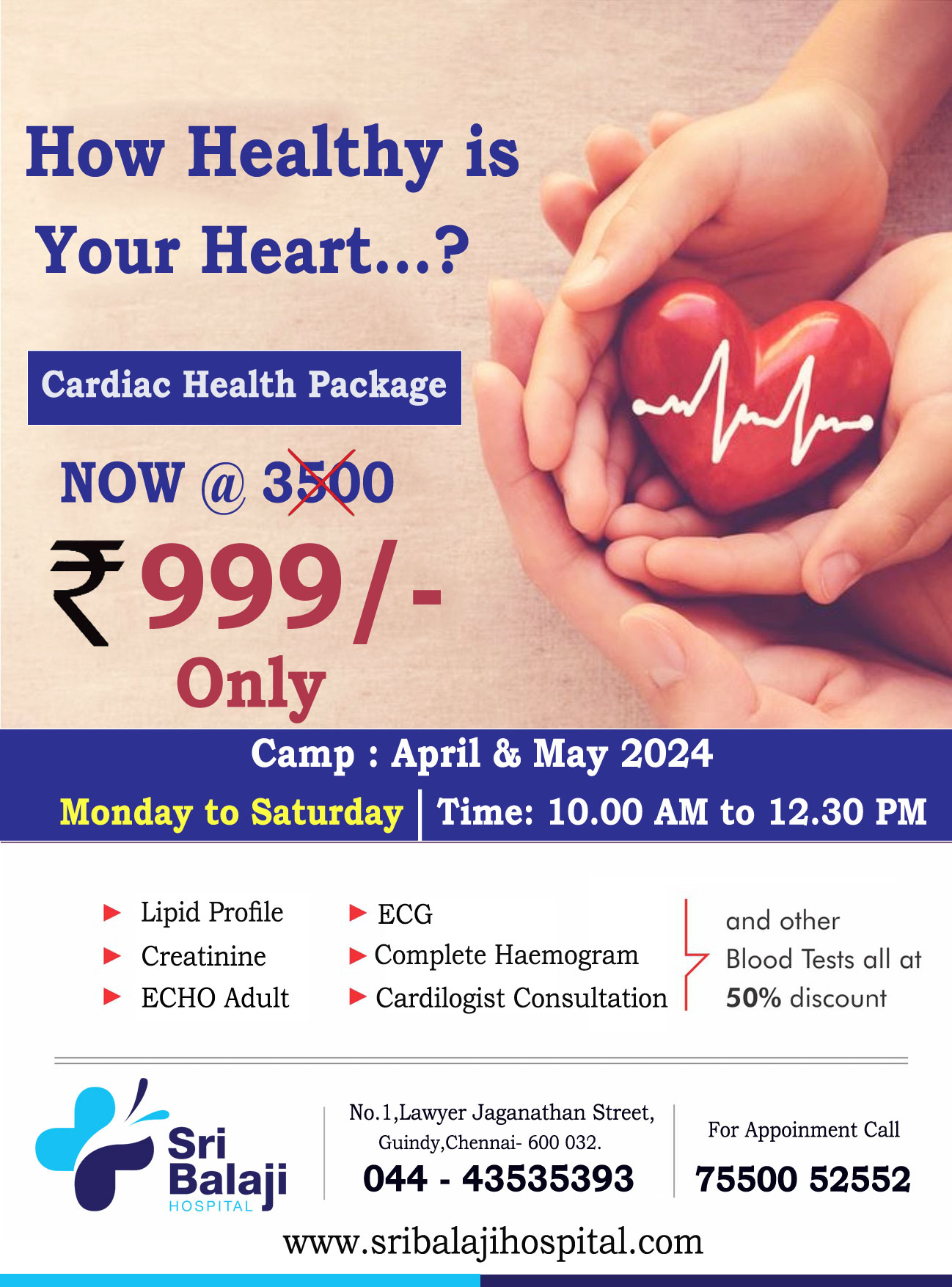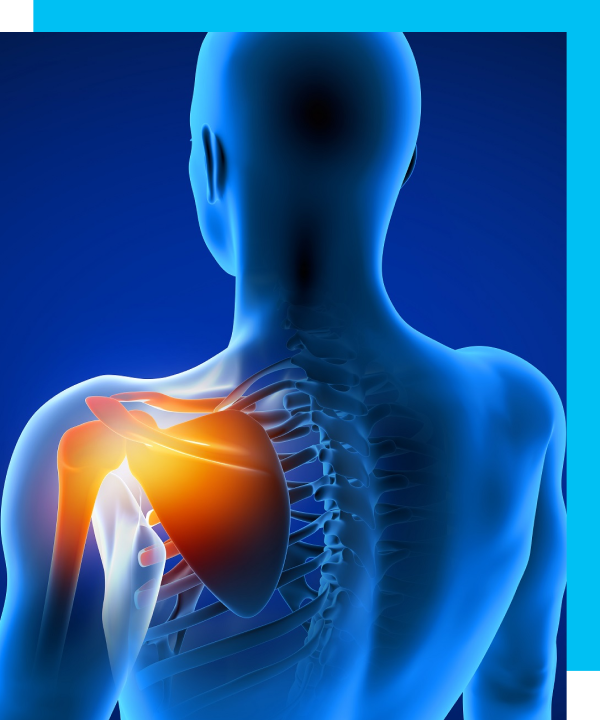
While shoulder joint replacement may be less frequent compared to knee or hip replacement, it is equally effective in alleviating joint pain and restoring function.
When non-operative treatment modalities like medications, physiotherapy and targeted physical therapy/ exercises for the shoulder are no longer helpful for relieving pain, shoulder replacement is recommended. Also, if the internal damage to the shoulder is beyond repairable, then the option of replacing the irreparable shoulder joint will be considered.
All of the above causes for shoulder replacement must hold good to consider this type of surgery. However, the only difference in its indication is that while the ball of the shoulder (the humerus head) may be damaged or diseased, the anatomy of the socket (glenoid or the cup of the scapula) remains perfectly intact.
When the decision of total shoulder replacement or hemi shoulder replacement is being taken into consideration, it is important to remember that most studies have shown that patients with arthritis of the shoulder get better relief from pain and loss of functions from total shoulder arthroplasty than from hemiarthroplasty.
Reverse total shoulder replacement is reserved for people with:
In reverse total shoulder replacement, the positions of the artificial socket and the metal ball are switched. That is, the metal ball is attached to the shoulder blade (the natural site of the socket), and an artificial medical-grade socket is attached to the upper arm bone (the natural site of the ball of the joint).
The rehabilitation program at Sri Balaji Hospital is designed to enable the patient to successfully do the recommended physical therapy at home without assistance and with immense ease and comfort.
Our doctors may suggest the following medication at the time of discharge:
The patient will be ready for suture (stitch) removal by the 14th day. Between the date of discharge and suture removal, the patient may require one or two dressings. Patients can also opt for surgical wound dressing and suture removal to be performed from the comfort of their homes.
After this surgery, the primary force driving the shoulder and acting as the fulcrum is the large deltoid muscle. This effectively relieves the severely or irreparably torn rotator cuff from lifting the arm.
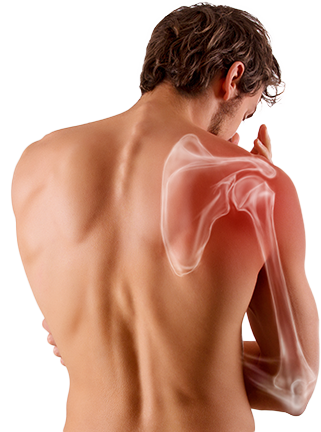
Technological advancements in the field of joint replacement surgeries as a whole, especially shoulder replacements, have made it a very safe and patient-friendly procedure.
Many patients fear a complete loss of shoulder mobility post-surgery. While temporary stiffness during the recovery period is normal, most individuals discover improved shoulder mobility following their procedure.
Individuals might worry about being unable to raise their arms after a shoulder replacement. In reality, shoulder replacement is a highly effective solution for those struggling to lift their arms. After a successful recovery, patients can rotate and raise their arms without any difficulty. Your shoulder will no longer be a limitation.
An initial assessment of the painful joint will be frequently followed by an x-ray assessment of the joint. You might also require an MRI or CT image examination of the joint.
Having assessed the patient thoroughly (the joint as well as the general condition of the individual), if there is a need for surgery, the patient will undergo some tests to confirm that the patient is indeed in good health to benefit from this surgery. The evaluation of the patient's health usually involves (but not limited to) the following tests:
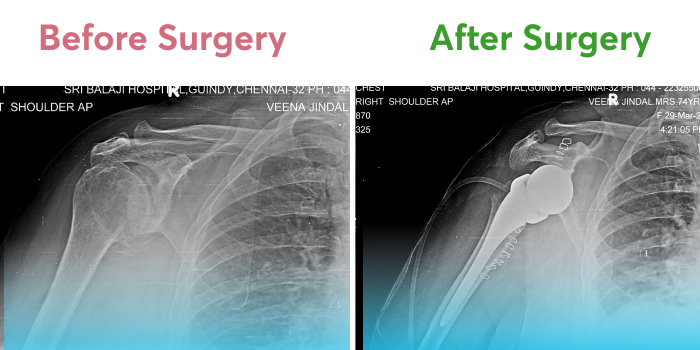
The patients are usually fit with an arm sling to support the upper limb and the operated shoulder for 2 weeks after surgery. However, the operated person will be allowed to start protected, gentle and passive movement of the operated shoulder (with little-to-no pain) within 24 hours. Based on the physical therapy outcomes, the patient is usually discharged in 3- 4 days and can go home pain-free.
Discharge medication: the patient may be put on the following types of medication at the time of discharge:
The patient will be ready for suture (stitch) removal by the 14th day. Between the date of discharge and suture removal, the patient may require one or two dressings. These dressings, including the suture removal, can be performed in the comfort of their own home if they wish to opt for that feature.
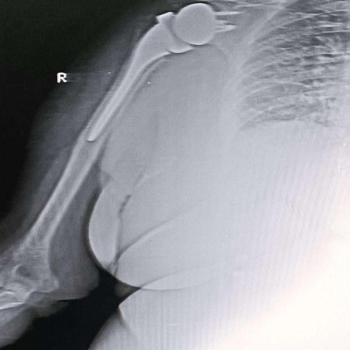
The patient will be pain-free from the operative pain as well as the pre-operative disease pain. The patient will be self-sufficient and can use the restroom with little to little-to-no support.
The patient will now be confident to take care of themselves without the assistance of any other attendant. By this time, the patient, now free from all pains and in an advanced stage of recovery and rehabilitation, will be fit to resume their daily activities, including returning to work.
